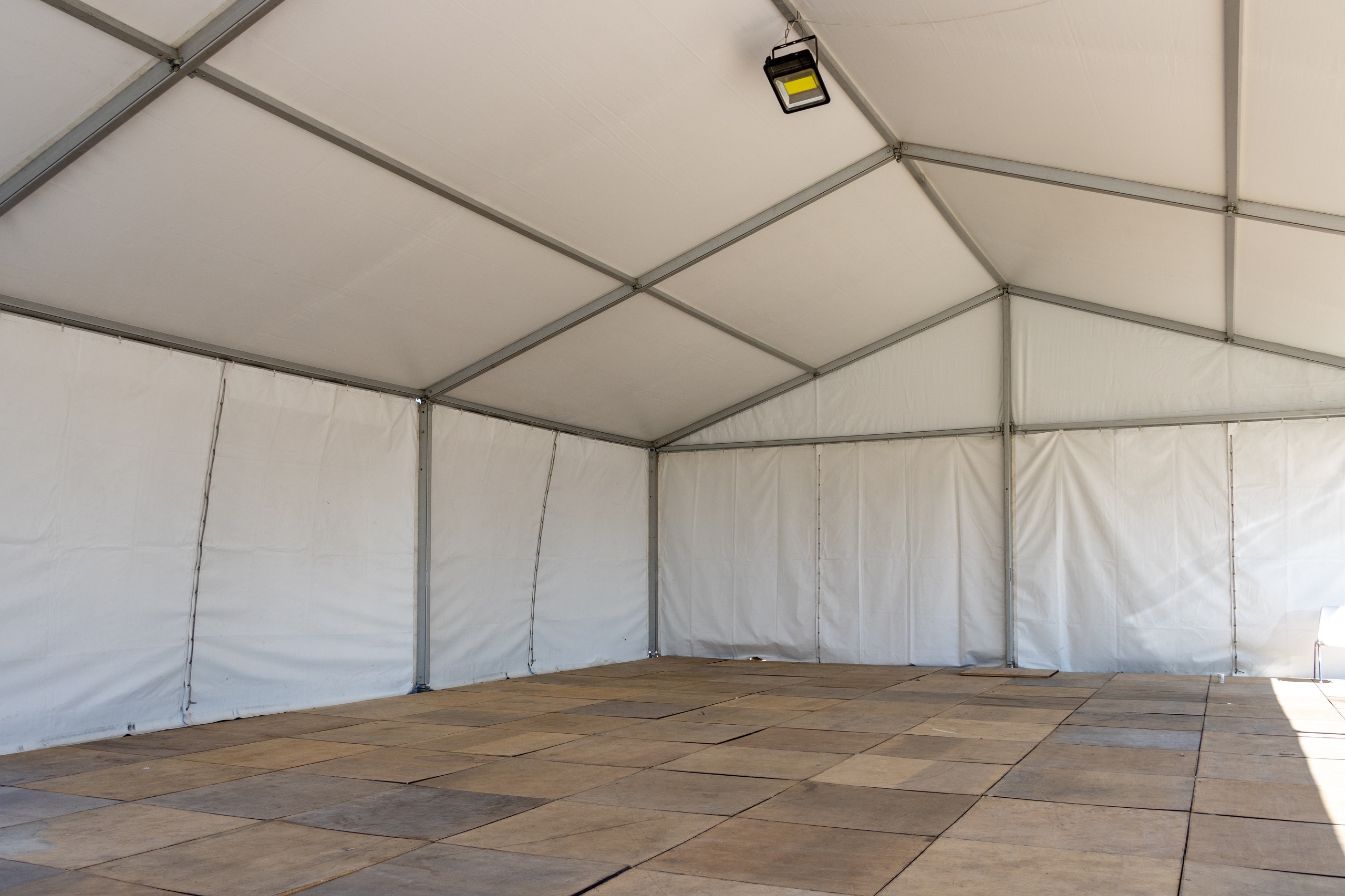We understand the damage done to our environment over the years. All types of industries are taking a role in clearing that up as best as we can. More recently, companies are taking steps to work smarter, more efficiently, and sustainably. For those wanting to influence greener construction, fabric structures can help. Using guidelines that include modern project management methods, lean construction uses tools that are beneficial in delivering better results with less waste. Fabric structures play a significant role in reaching this goal.
Role of Fabric Structures in Lean Construction Projects
Those who follow the guidelines of lean construction tend to agree on some quality standards in their industry. Generally speaking, poor construction is a way of building that focuses on decreasing time, effort, and the waste of materials using these standards. It allows the completion of projects quickly and cost-efficiently since it aims at maximizing the value while minimizing the costs. Though lean construction focuses on efficiency in production and costs, it also monitors waste. The goal here is to reduce waste as much as possible when it comes to the purchasing and handling of building materials.
You want to plan out the purchase to ensure you are getting the best materials for the project – and at the best price. You need to get them to the construction site efficiently when you need them. And you need to protect these materials from any damage due to water or other inclement weather. Therefore, the overall goal of lean construction is to produce a world with more sustainable construction methods. Fabric structures have proven time and time again to be temporary buildings to house these materials — and other needs of the construction site – while still meeting the goal of being more efficient and more eco-friendly.
How Fabric Structures Support Lean Construction
Fabric structures, or temporary tent structures, are extremely beneficial to the lean construction process. Let’s take a look at some of the man benefits.
Quick and Simple
Well, first, fabric structures provide an indoor space anywhere in the world fast and straightforwardly. Unlike more permanent systems, they are there when you need them and gone when you don’t. To keep the construction process moving smoothly, you can’t have delays such as waiting on a storage building for materials. Not only could this impact the deadline, but it could also cause issues with your materials if they are left exposed to the elements while waiting on proper storage.
All-Terrain Solution
These tent structures pack a punch with their low-impact design because you can install them anywhere, regardless of the terrain. They do not require level ground or a specific terrain type to provide the security and stability they feature. Instead, you can build them on dirt, grass, gravel, asphalt, concrete, and others.
Modular Design
Fabric structures have a modular design. These designs mean they fit in any size, whether big or small. Lean construction can occur worldwide, and sometimes the area available to create the product will not be the most ideal. However, with such a solution, you get a modular design that can be increased or decreased in size to fit the space perfectly every time.
Reusable Buildings
Remember, not being wasteful is essential in following the guidelines of lean construction. That means reusable buildings that don’t have to be discarded or destroyed after use. And since they have that modular design we just talked about, you can add or take away from the building each time you use it so that it is just what you need. And, of course, when that day arrives that you no longer need the reusable building, you can recycle it — no harm to the environment.
Nothing Left Behind
You always want to leave the environment in the same condition you found it in — especially when it comes to a building you use for materials. With fabric structures, you never have to worry about leaving anything behind. There will be no damage to the land, so you can feel good about keeping that carbon footprint to a minimum in many ways.
Efficient Access
There are many advantages to having your materials at the construction site. Not only are they readily accessible when you need them — adding to your increase in efficiency — but you also don’t have to focus on any additional logistics on getting to the job site. That means no travel, workforce, fuel charge, or time to get them from point A to point B throughout the process. Everything can be delivered to and stored securely at your site.
Save Energy
The fabric of these fabric structures allows light to pass through. As a result, energy consumption will drop drastically. Because light passes through the material, there is no need to run electricity to the structure. Of course, when you need to work after hours — lighting can easily be placed throughout the design, so there is no reason for a delay.
Other Advantages of Fabric Structures
There are other advantages to using fabric structures to support lean construction. For example, these structures have high ceilings that can handle many construction operations and ample machinery storage. They are also the perfect space for a crew to find reprieve from tough weather, such as hot or cold conditions and rain, wind, snow, etc. Work can even commence under the roof during this less-than-desirable weather to avoid wasting time.
The truth is that there are many options that construction crews use for on-site buildings during the construction process. But when it comes to finding a solution that wholeheartedly supports lean construction and gives you an advantage, there is no sense in looking elsewhere but toward fabric structures. These lightweight, flexible, and reusable buildings are the best option to reach the right results.


